JUXTAPOSITION : the combination of diferent elements that naturally don´t go together in order to create an impact.
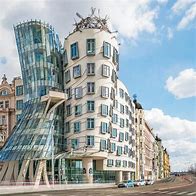
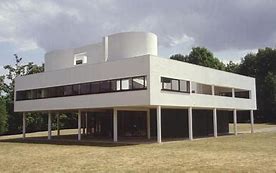
CAMOUFLAGE : The way a building integrates with its enviroment , that is called “mimesis”.
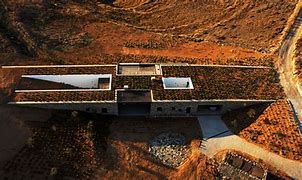
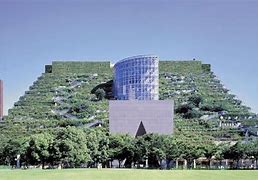
ORGANICISM : Harmony between human beings and nature .
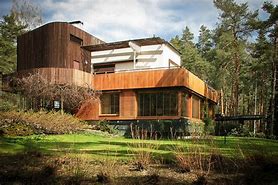
CONTEXTUALISM : It is designed taking into account the characteristics of the environment around it .

CLASSIC SPACE : is closed and compact, centralized, with at least one axis of symmetry
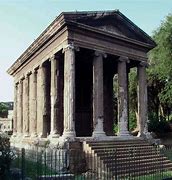
SPACE WITHOUT CENTRE : It is organized into two spaces: dominant central and secondary spaces around it. This is a concentrated and stable arrangement. The central space is usually regular in shape and large enough to gather smaller spaces around its perimeter.
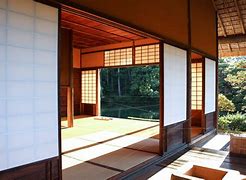
CONTEMPORARY SPACE : Create large, bright and airy open spaces, not closed rooms anymore. And use a simple material palette
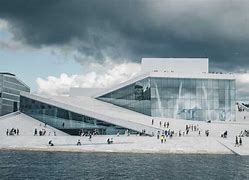
RHYTHM : The repetition of elements, at least three times, that establish a recognizable “pattern”.
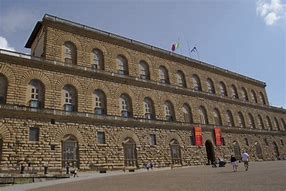
AXIS : is an imaginary line that organizes a group of elements
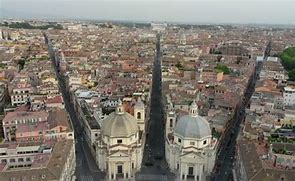
SYMMETRY : Through an axis, the elements that compose it reflect each other
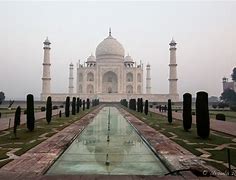
HIERARCHY : A system that organizes the space according to how important they are using different shapes, sizes, colors, location…

MOVEMENT : The irregularity of forms and the variants of order inspire the idea of movement, of displacement.
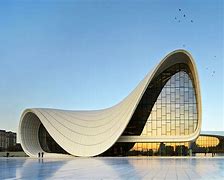
UNITY : The way the relationship between the parts to the whole makes you think that nothing should be removed or added.

GENERALITY : the space around a center creates attraction towards it
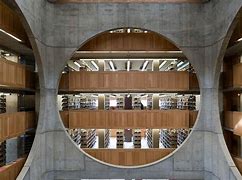
LIMITS : It is where the elements change from the rest .
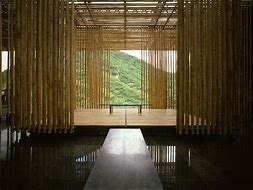
LIGHT : It helps set the mood for the space and determine how those functions are distributed.
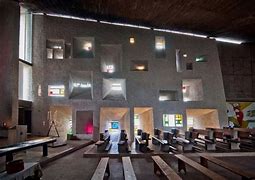
CONTRAST : Contraposition of elements on the basis of volume, colour, shape, texture, size, disposition..

COLOUR : It can show volume and detail, visually imitate aspects of space, provide emotions…
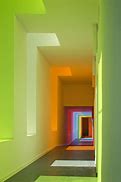
TEXTURE : to produce different sensations .

MECHANICAL FUNCTIONALISM : the form is linked to the functions it is used.
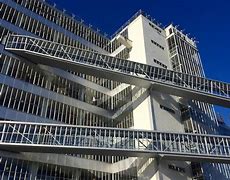
MORALISTIC FUNCTIONALISM : is the expression of its purpose and of its time.
The materials are used with integrity and express themselves .
